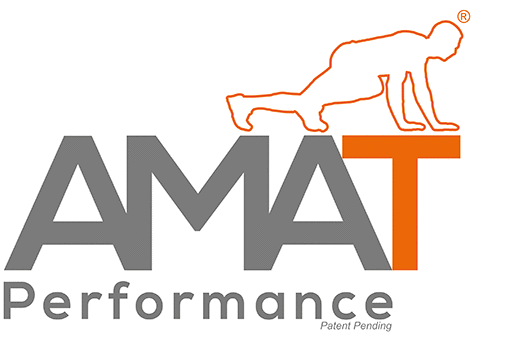
The majority of talent identification and elite youth sport development programmes often group players based on their chronological age for training and competition (Baxter-Jones, 1995). However, large individual differences exist between chronological age and the biological age of these youth athletes. Each individual’s path to maturity differs, following patterns of non-linear growth and differing in terms of timing, tempo and magnitude. Often around the time of peak height velocity (maximum rate of growth) this creates a disturbance in motor function and co-ordination, and an increased risk of injury as athletes adjust to changes in their bodies.
These inter-individual differences in maturation can have a profound effect on many factors of an athlete’s involvement and progression in elite youth development programmes. Through the research we have been involved in we have identified that peak height velocity (PHV) and maturity substantially effect Functional Movement Screen (FMS) scores in favour of more mature players (Portas et al., 2015), that maturation can cause an unnecessary bias on playing position allocation within youth football with taller heavier players being allocated more defensive roles/positions (Towlson et al., 2017) and that physical attributes and characteristics display distinctly different rates of development based on the individual influences of maturation (Towlson et al., 2018). Finally, our data has displayed a strong relative age effect (RAE) bias in football development programmes, particularly around the time of PHV (Lovell et al., 2015).
The research we have been involved in suggests that development programmes should consider differences in maturation status between individuals and its influences on movement skills, technical competence, positional characteristics, and physical development and their implications, to avoid unnecessary drop-out and de-selection of players within youth development programmes.
For this reason, it is key that these development programmes assess their youth athletes’ maturation status. Budget constraints at the majority of youth development programmes prevent “gold standard” x-ray assessments of skeletal age and so anthropometric variables and sex-specific regression equations (Mirwald et al., 2002, Khamis-Roche, 1994, Moore et al., 2015, Fransen et al., 2017) are a more popular alternative method to predict somatic maturity.
In light of this, as a new feature and addition to our AMAT Performance System we have now developed software that allows us to quickly, accurately and reliably collect anthropometric variables through 3D motion tracking technology. This information can automatically provide individual maturation assessments for each athlete, negating the need for you or your staff to do time-consuming manual measurements on a regular basis.
For more information visit system.amatperformance.com
